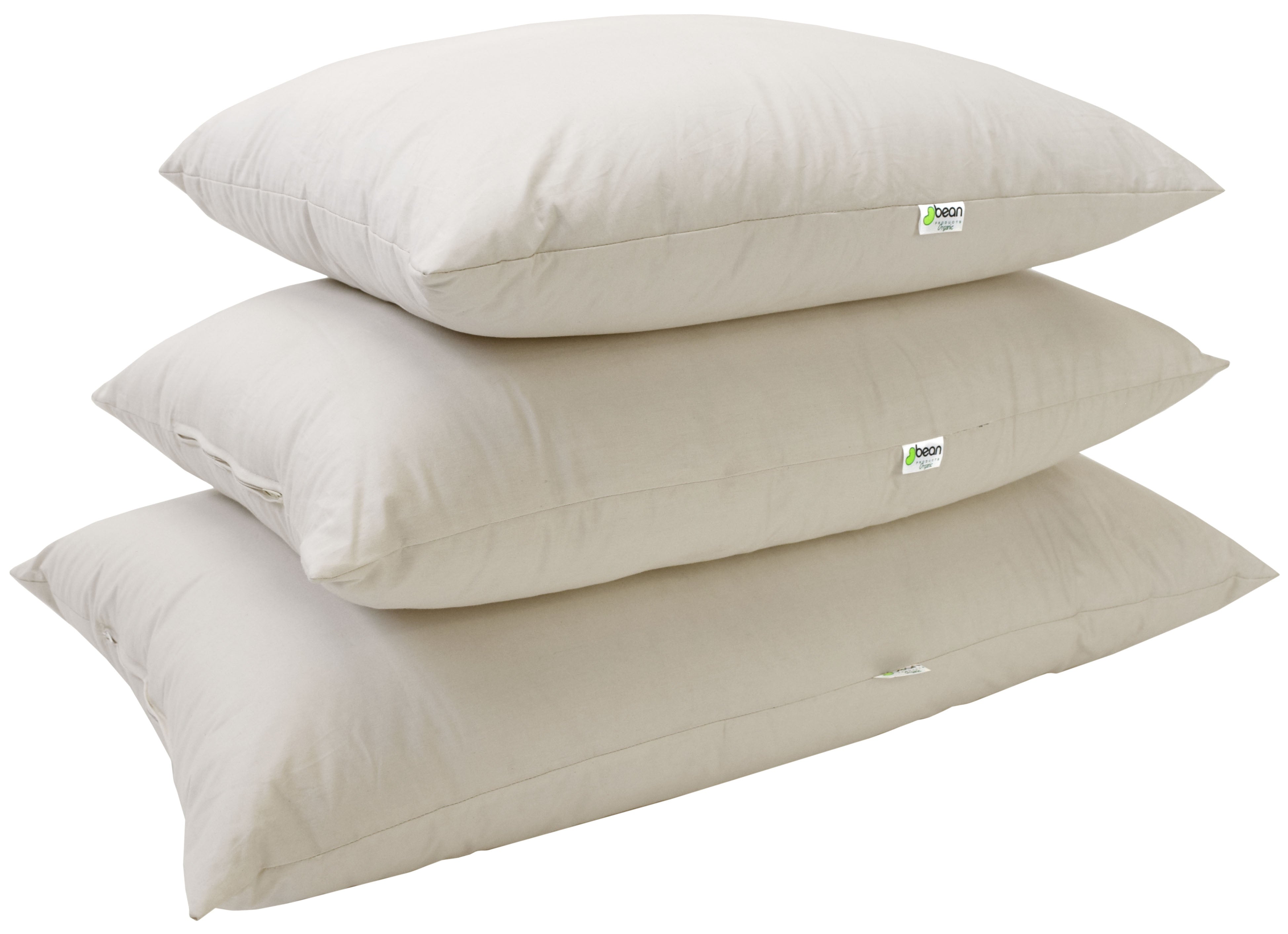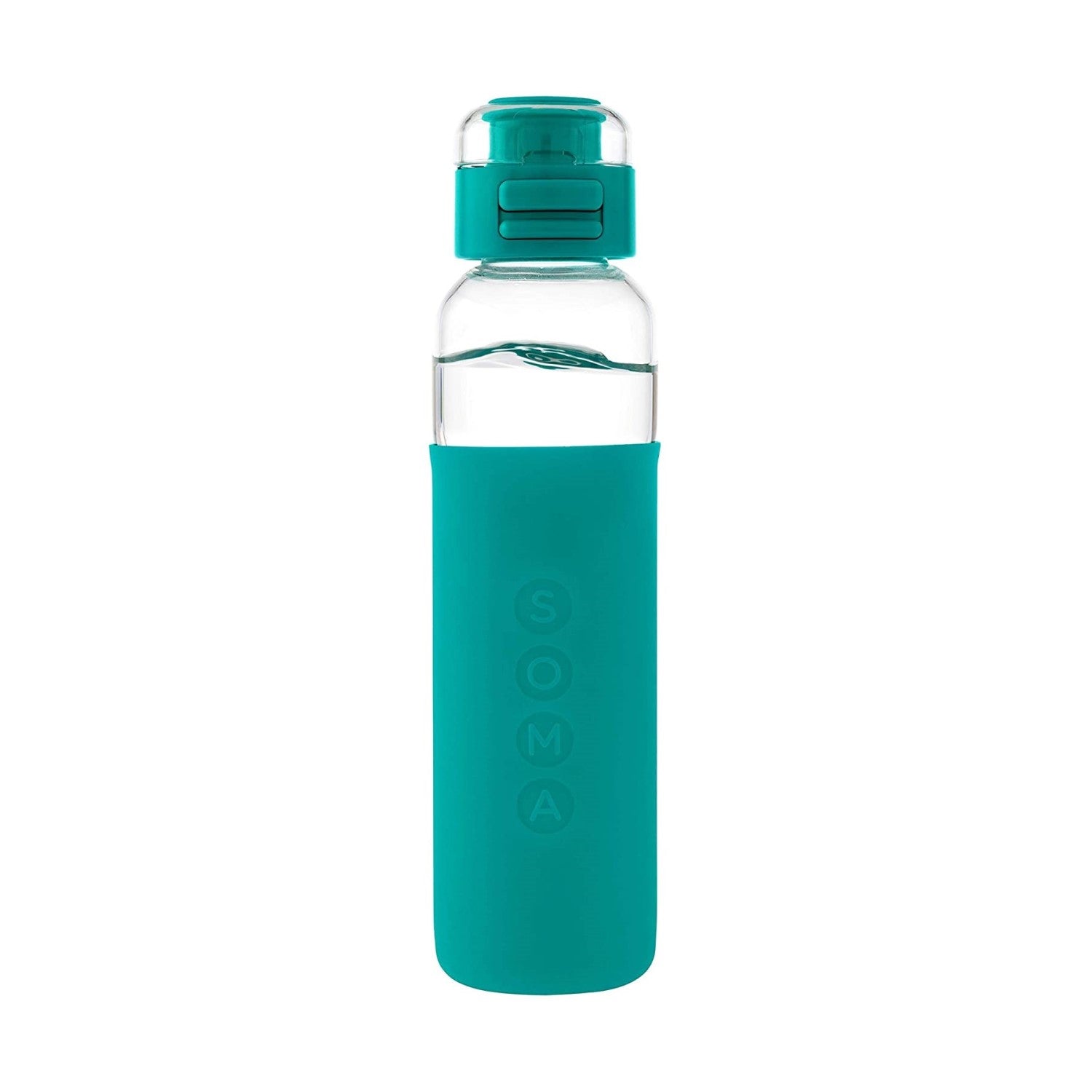
Today, we pull back the glamorous veil shrouding one of the most ubiquitous materials in our closets: polyester. Loved for its durability and cursed for its environmental footprint, polyester plays a starring role in the modern wardrobe—but at what cost?
From fast fashion favorites to high-end designer labels, polyester has woven its way into nearly every piece of clothing we own. But as we delve deeper into its impact, we uncover a narrative that might make you reconsider the next polyester tag you see. In this blog, we'll explore the history of polyester, understand why it's a go-to for brands, and unpack the reasons why it's earned the notorious title of the 'Bad Guy' in the fashion industry.
History of Polyester (and Why Fashion Brands Use It)
Polyester's tale begins in the laboratories of the early 20th century, a period marked by rapid technological advancement and a quest for synthetic alternatives to natural materials. First developed in the 1940s, polyester is a polymer derived from petroleum, a type of plastic made through a chemical reaction involving coal, air, water, and petroleum-derived chemicals. This synthetic fiber was introduced to the American public in 1951 by DuPont under the trade name "Dacron."
Initially hailed as a miracle fabric, polyester boasted exceptional durability, wrinkle resistance, and quick-drying properties. It quickly became popular as it retained shape and offered high color retention. The 1960s and 1970s saw polyester dominating the market, with its use in everything from fashionable disco wear to everyday household items like curtains and blankets. The appeal was undeniable: polyester was versatile, affordable, and readily available.
However, as the environmental and health impacts of mass production became apparent, the initial enthusiasm for polyester began to wane. The energy-intensive production process, reliance on fossil fuels, and issues with non-biodegradability led to a growing recognition of polyester's darker side. Despite these concerns, polyester has remained a staple in the fashion industry due to its cost-effectiveness and adaptability.
The history of polyester is a classic example of innovation's double-edged sword—offering remarkable benefits while posing significant environmental challenges. As we move forward, this history serves as a critical backdrop for understanding the current debates surrounding polyester and its role in sustainable fashion.
Reasons Why Polyester is So Bad for the Environment
Despite its popularity and widespread use in the fashion industry, polyester poses several significant environmental threats. Here are some of the key reasons why polyester is considered harmful:
Non-Biodegradable: Polyester is a plastic made from petroleum, and like most plastics, it is non-biodegradable. This means that polyester garments take up to 200 years to decompose in a landfill, contributing to the ever-growing problem of textile waste and pollution.
Energy Intensive Production: The production of polyester is highly energy-intensive, requiring large amounts of crude oil and releasing significant quantities of CO2 and other pollutants. This process contributes to the depletion of fossil fuel resources and the greenhouse effect, exacerbating global warming.
Microplastic Pollution: Every time a polyester garment is washed, it sheds microfibers that end up in our water systems. These microplastics are extremely harmful to aquatic life and are capable of entering the food chain, ultimately posing risks to human health and ecosystems.
Water and Air Pollution: The manufacturing process for polyester not only uses large volumes of water but also contaminates waterways with chemicals and dyes used during production. Air pollution is another consequence, with volatile organic compounds, particulate matter, and acid gases being emitted during production.
Dependency on Fossil Fuels: Since polyester is derived from petroleum, its production is directly tied to the oil industry, which is one of the most environmentally destructive industries in the world. The reliance on fossil fuels makes polyester production unsustainable and environmentally unfriendly.
Recycling Challenges: Although technically recyclable, the recycling rate for polyester is quite low due to the lack of infrastructure and technology to effectively separate and process used textiles. This results in a majority of polyester products ending up in landfills or incinerators.
Daily Deals
See All ProductsBest Sellers
Most Popular
Explore and shop the most popular products. Updated frequently!

6 min
Sustainable Living Guide #13: Sustainable Building and Renovation
Undecided with Matt Ferrell
Sustainable building and renovation represent a transformative approach to construction and home improvement that prioritizes environmental responsibility, resource efficiency, and the health of occupants.

5 min
Beach Day, the Eco Way: Must-Have Products from Flora!
From innovative sun protection options to stylish, sustainable beach gear, each product in our lineup adheres to Flora's commitment to sustainability and health. Our selection ensures you'll be well-prepared, environmentally conscious, and effortlessly chic.

5 min
How to Reduce Plastic Use in Daily Life
TED-Ed
Plastic pollution has become one of the most pressing environmental issues of our time, as vast amounts of plastic waste end up in our oceans, landscapes, and even our food chain. Every year, millions of tons of plastic are produced with a significant portion destined for single-use products that quickly become waste.

5 min
Sustainable Living Guide #11: Sustainable Travel and Tourism
Eco-friendly tourism is crucial due to its reduced environmental impact compared to traditional travel, which often contributes to significant carbon emissions and ecological degradation. By choosing sustainable travel options, tourists can help preserve local ecosystems and support conservation efforts.

6 min
The Benefits of Minimalism and How to Live More Sustainably
The Minimal Mom
Minimalism is more than just an aesthetic or a trend—it is a conscious choice to simplify life by focusing on what is essential. At its core, minimalism is about stripping away the unnecessary, leaving room for what truly adds value to our lives.

4 min
Sustainable Living Guide #10: Sustainable Technology
In this episode of Sustainable Living Guide, we explore how technology intersects with sustainable living offering innovative solutions that reduce environment. Sustainable technology refers to the design and application of devices, systems and services that promote resource efficiency and environmental responsibility.

4 min
10 Easy Eco-Friendly Swaps for a Greener Home
Transitioning to a greener home doesn’t have to be daunting. Small, manageable changes can accumulate to create significant environmental benefits. This blog post will explore 10 easy swaps that any family can implement to make their home more eco-friendly.

5 min
Find Your Zen: Eco-Friendly Products for International Relaxation Day
Taking a moment to pause and rejuvenate isn't just a luxury—it's essential for maintaining our well-being. International Relaxation Day invites us all to slow down and indulge in practices that restore our mind, body, and spirit.
































